Kingsnakes and Milk Snakes: Species Profile
Updated on 04/26/24
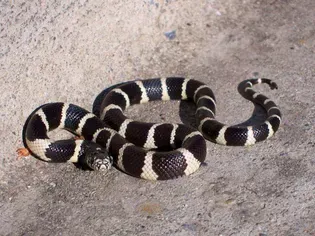
Unveiling the Enigmatic World of Kingsnakes and Milk Snakes: An In-Depth Species Profile
Introduction
In the realm of herpetology, kingsnakes and milk snakes captivate reptile enthusiasts with their striking appearances, fascinating behaviors, and captivating natural history. This comprehensive species profile delves into the intricacies of these serpents, exploring their taxonomy, distribution, morphology, diet, reproduction, and captive care requirements.
Taxonomy and Distribution
Kingsnakes and milk snakes belong to the genus Lampropeltis within the family Colubridae. They primarily inhabit the Americas, with a distribution spanning from Canada to Argentina. Different species and subspecies occupy diverse habitats, from dry deserts to lush forests and grassy prairies.
Morphology
Kingsnakes and milk snakes exhibit a wide range of colors and patterns. Kingsnakes typically feature red, black, white, and yellow bands encircling their bodies, while milk snakes often display dark brown or black blotches on a cream or buff background. They possess smooth scales, strong muscles, and a slender, cylindrical body.
Diet
Both kingsnakes and milk snakes are highly carnivorous, with their diets consisting primarily of small rodents, such as mice, voles, and even venomous snakes. Their specialized dentition allows them to effectively subdue and ingest their prey. Kingsnakes are also known to eat bird eggs and small birds.
Reproduction
Kingsnakes and milk snakes are oviparous, meaning they lay eggs. Females lay clutches of 5-30 eggs in concealed locations, such as burrows, logs, or under rocks. The eggs incubate for several weeks before hatching into tiny snakes that resemble miniature versions of their parents.
Captive Care
Kingsnakes and milk snakes are popular pets due to their docile nature and adaptability to captivity. They require a secure enclosure with proper heating, lighting, and hiding places. A diet of appropriately sized rodents should be provided at regular intervals. Regular cage cleaning and veterinary checkups are essential for their well-being.
Examples of Kingsnakes and Milk Snakes
Common Kingsnake (Lampropeltis getula):
* Widely distributed throughout the eastern United States
* Tricolored pattern with black, red, and yellow bands
* Known for its defensive behavior and ability to kill venomous snakes
California Kingsnake (Lampropeltis getula californiae):
* Found in California and Oregon
* Black and white banded pattern with red or orange blotches
* A popular choice among snake enthusiasts due to its striking appearance
Eastern Milk Snake (Lampropeltis triangulum triangulum):
* Inhabits the eastern United States
* Brown or black blotches on a cream or buff background
* Exhibits mimicry to protect itself from predators
Scarlet Kingsnake (Lampropeltis elapsoides):
* Found in southeastern United States
* Red, black, and yellow banded pattern
* Venomous, with a mild bite that rarely causes significant harm
Conclusion
Kingsnakes and milk snakes are fascinating creatures that play vital roles in their respective ecosystems. Their diverse appearances, exceptional abilities, and adaptability make them captivating subjects of study and popular pets. By understanding their biology and care requirements, we can appreciate the beauty and complexity of these enigmatic serpents.
Explore More Pets
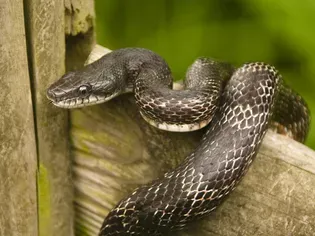
Pet Snake Species
Black Rat Snake: Species Profile

Pet Snake Species
How to Care for a Pet Corn Snake

Pet Snake Species
Do Ball Pythons Make Good Pets?
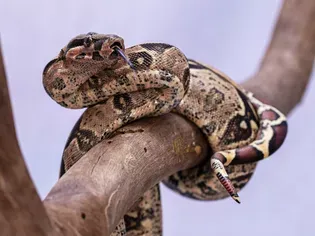
Pet Snake Species
Central American Boa Species Profile
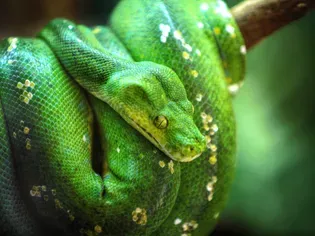
Pet Snake Species
How to Care for a Pet Green Tree Python
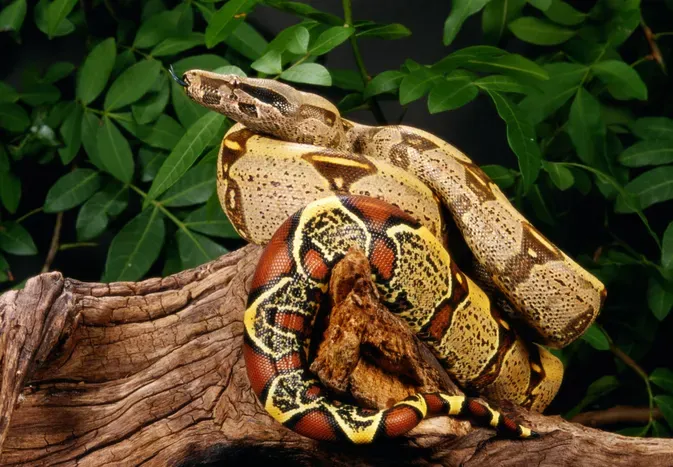
Pet Snake Species
Red Tail Boas
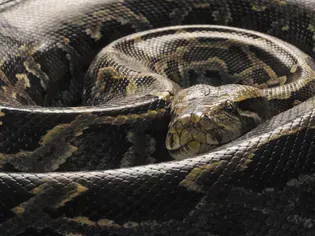
Pet Snake Species
Burmese Pythons: Species Profile
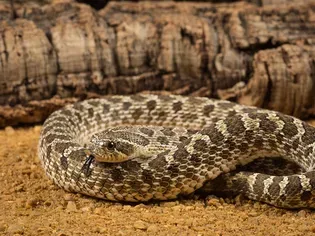
Pet Snake Species
Hognose Snake: Species Profile